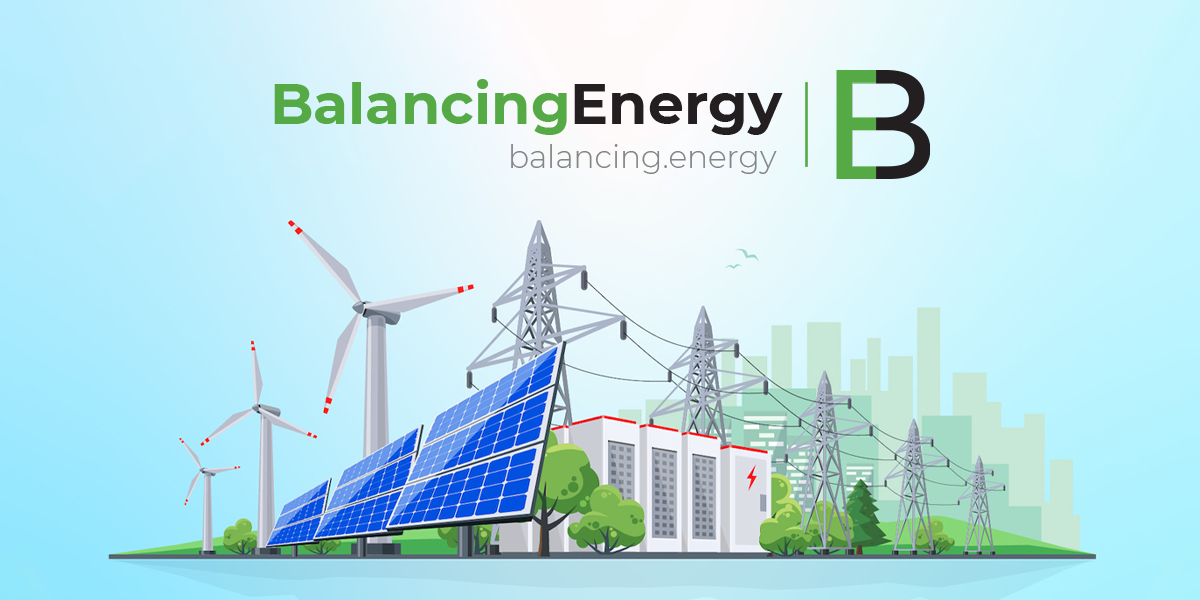Serbia has become an attractive destination for foreign investment in wind energy due to several key factors. These include favorable geographic conditions, supportive governmental policies, an evolving regulatory framework aligned with European Union standards and growing demand for renewable energy. Below is an analysis of why wind energy investment is particularly appealing in Serbia:
1. Favorable wind conditions
• Geographical advantage: Serbia has substantial wind energy potential, particularly in the northern Vojvodina region and other parts of the country with flat terrain. These areas experience consistent and strong wind patterns that are ideal for generating wind power. This natural advantage makes Serbia an attractive location for investors looking to develop large-scale wind farms.
• Untapped potential: While some wind farms have been developed, Serbia still has considerable untapped wind energy capacity. This offers ample opportunities for foreign investors to enter a market that is not yet saturated but has a high potential for growth.
2. Governmental support and incentives
• Renewable energy goals: Serbia has set ambitious targets for increasing the share of renewable energy in its overall energy mix, as part of its efforts to align with EU climate and energy policies. This includes a commitment to increase its renewable energy capacity to meet both domestic demand and EU carbon reduction goals.
• Feed-in tariffs and auctions: Serbia has introduced policies like feed-in tariffs (FITs) and renewable energy auctions that offer guaranteed prices for wind-generated electricity. These mechanisms provide financial security for investors by ensuring stable, long-term returns on investment. Additionally, the government has implemented a legal framework that allows easier access to the grid for renewable energy producers.
3. EU integration and funding
• Path to EU membership: Serbia is a candidate for EU membership, and aligning with the EU’s renewable energy targets is part of its accession process. The prospect of joining the EU, combined with the need to comply with EU environmental regulations, is a powerful incentive for Serbia to promote clean energy investments, including wind power. Foreign investors are attracted to the idea of Serbia moving towards EU standards, as this implies regulatory stability and better access to European markets.
• Access to EU funds: Serbia has access to EU pre-accession funds and financing mechanisms that are earmarked for energy transition projects. These funds help mitigate the financial risks associated with large-scale renewable energy investments and incentivize foreign companies to invest in wind projects.
4. Low energy prices and growing demand
• Competitive energy costs: Compared to Western European countries, Serbia offers lower operational costs, including labor and land acquisition costs, making it a cost-effective destination for energy infrastructure projects. The relative affordability of developing wind farms in Serbia is a significant draw for foreign investors.
• Energy market liberalization: Serbia’s ongoing liberalization of its energy market has created more opportunities for private and foreign investors to enter the renewable energy sector. The liberalized market offers greater flexibility for energy producers to sell electricity, increasing the financial viability of wind energy projects.
5. Growing public and political support for renewables
• Public opinion: There is growing public awareness and support for renewable energy in Serbia, driven by concerns over air pollution, climate change, and the country’s reliance on coal for energy generation. Public support creates a favorable environment for foreign investments in wind energy, as there is less likelihood of local opposition to projects.
• Political will: Serbia’s government has signaled its intention to diversify the country’s energy mix away from coal, which still dominates its energy sector. This political support for renewable energy provides foreign investors with confidence that wind energy projects will be backed by stable policies and government incentives.
6. Strategic location
• Access to regional markets: Serbia’s geographic position in Southeast Europe provides strategic access to both the Balkan region and the broader European market. This makes it an attractive hub for exporting wind-generated electricity to neighboring countries that are also pursuing renewable energy transitions. Serbia’s energy infrastructure is already well integrated into the regional grid, allowing wind power projects to potentially serve a wider market.
Conclusion: A balanced outlook
Serbia’s combination of natural wind resources, supportive governmental policies, growing public support for renewable energy, and alignment with EU environmental standards make it an increasingly attractive destination for foreign investment in wind energy. Investors are drawn to the country’s untapped potential, low operational costs, and the promise of long-term financial stability through mechanisms like feed-in tariffs and renewable energy auctions.
However, challenges remain, including the need to further improve the regulatory framework and streamline processes like permitting and grid connection. Nevertheless, the overall trajectory is positive, with Serbia showing clear signs of becoming a regional leader in renewable energy, especially in wind power, making it an attractive proposition for foreign investors.
Elevated by:










